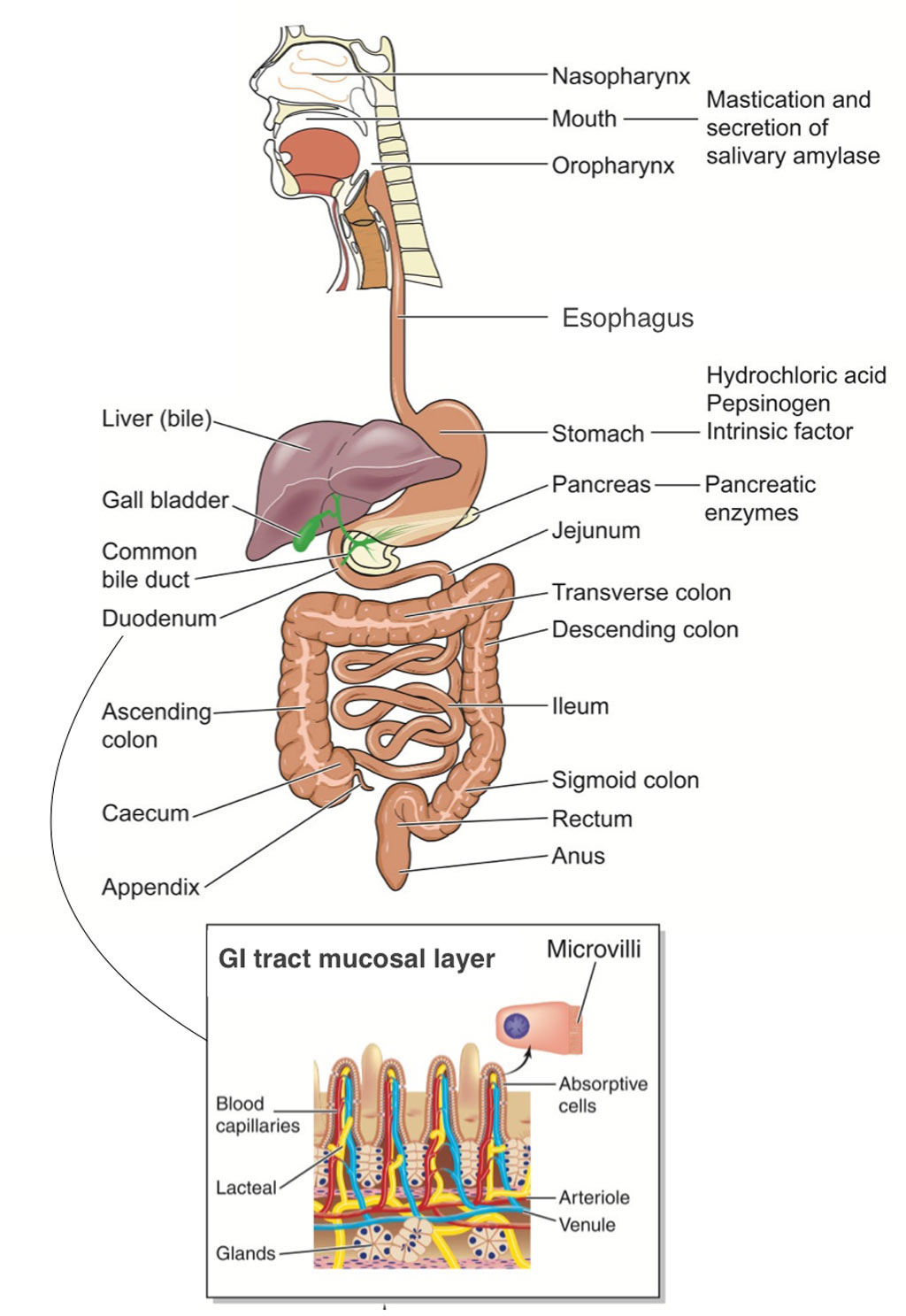Welcome to the video and image gallery of Dr. Mona Dave, a board certified pediatric gastroenterologist and Digestive Health & Nutrition in Children.
This web site provides general educational information only. Please remember that medical information provided by ChildrensGIMD.com in the absence of a visit with a health care professional, must be considered as an educational service only.

Many children who have constipation, that is having problems with difficulty in emptying the bowels (pooping or stooling), usually associated with hardened feces are started on Miralax (polyethylene glycol). Shortly after starting the Miralax, the parent becomes concerned because now the child is having diarrhea and even encopresis (pooping accidents or soiling in the underwear). The Miralax dose is adjusted up and down but never seems to be the perfect dose to help control the poop or stool. The parent and child become frustrated because nothing seems to be working.
The large intestine highly specialized organ where water is eliminated and waste is processed so it can be eliminated easily through the rectum (REK-tum). Three parts make up the small intestine – the duodenum (du-o-DE-num ), jejunum (je·JU·num), and ileum (IL·e·um).
 Poop or stool enters the large intestine, otherwise known as the colon, in liquid form. As the poop travels through the colon, fluid is absorbed and solid poop is formed. The solid poop makes its way to the end of the colon, the rectum. The rectum is then stretched like a balloon and sends a signal to the brain saying it is time to sit down and poop. If the child decided not to poop or withholds the poop, then the poop will sit in the rectum. Additional fluid will be absorbed and the poop will become hard. As more poop is formed, it will travel to the rectum and start to pile up behind the hard poop that is already sitting in the rectum. The rectum will stretch and becomes bigger and bigger as more poop build up and poop begins to get backed up in the colon. Some liquid poop may be able to come out of the rectum around the hard poop and will then leak out as smears on the underwear or diarrhea.
Poop or stool enters the large intestine, otherwise known as the colon, in liquid form. As the poop travels through the colon, fluid is absorbed and solid poop is formed. The solid poop makes its way to the end of the colon, the rectum. The rectum is then stretched like a balloon and sends a signal to the brain saying it is time to sit down and poop. If the child decided not to poop or withholds the poop, then the poop will sit in the rectum. Additional fluid will be absorbed and the poop will become hard. As more poop is formed, it will travel to the rectum and start to pile up behind the hard poop that is already sitting in the rectum. The rectum will stretch and becomes bigger and bigger as more poop build up and poop begins to get backed up in the colon. Some liquid poop may be able to come out of the rectum around the hard poop and will then leak out as smears on the underwear or diarrhea.
Miralax is a stool softener. Miralax does not make you poop. Miralax makes the stool soft and easy to pass. However, if the child is extremely constipated and already has a large amount of hard poop that has built up in the colon, then Miralax will soften the poop and cause the poop to leak out as diarrhea. Parents often then think the child is having diarrhea but in fact the child is very constipated and the small dose of Miralax is just softening the poop but not evacuating the large amount out poop that has built up. To solve this problem, the child needs to be completely cleaned out.
If you would like more information about gastrointestinal (GI) digestive disorders and nutrition in children, please contact Dr. please contact Dr. Mona Dave’s Frisco Office.